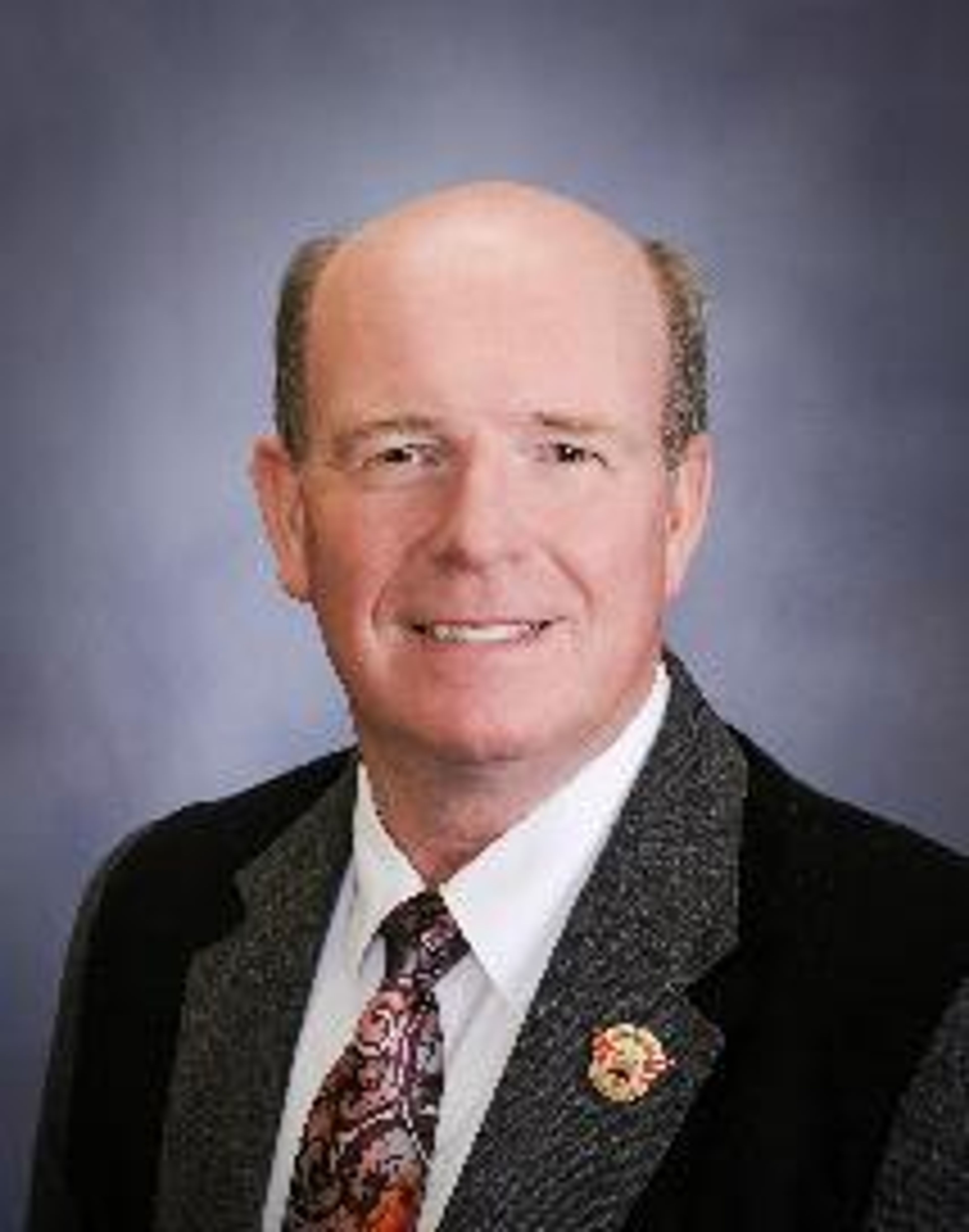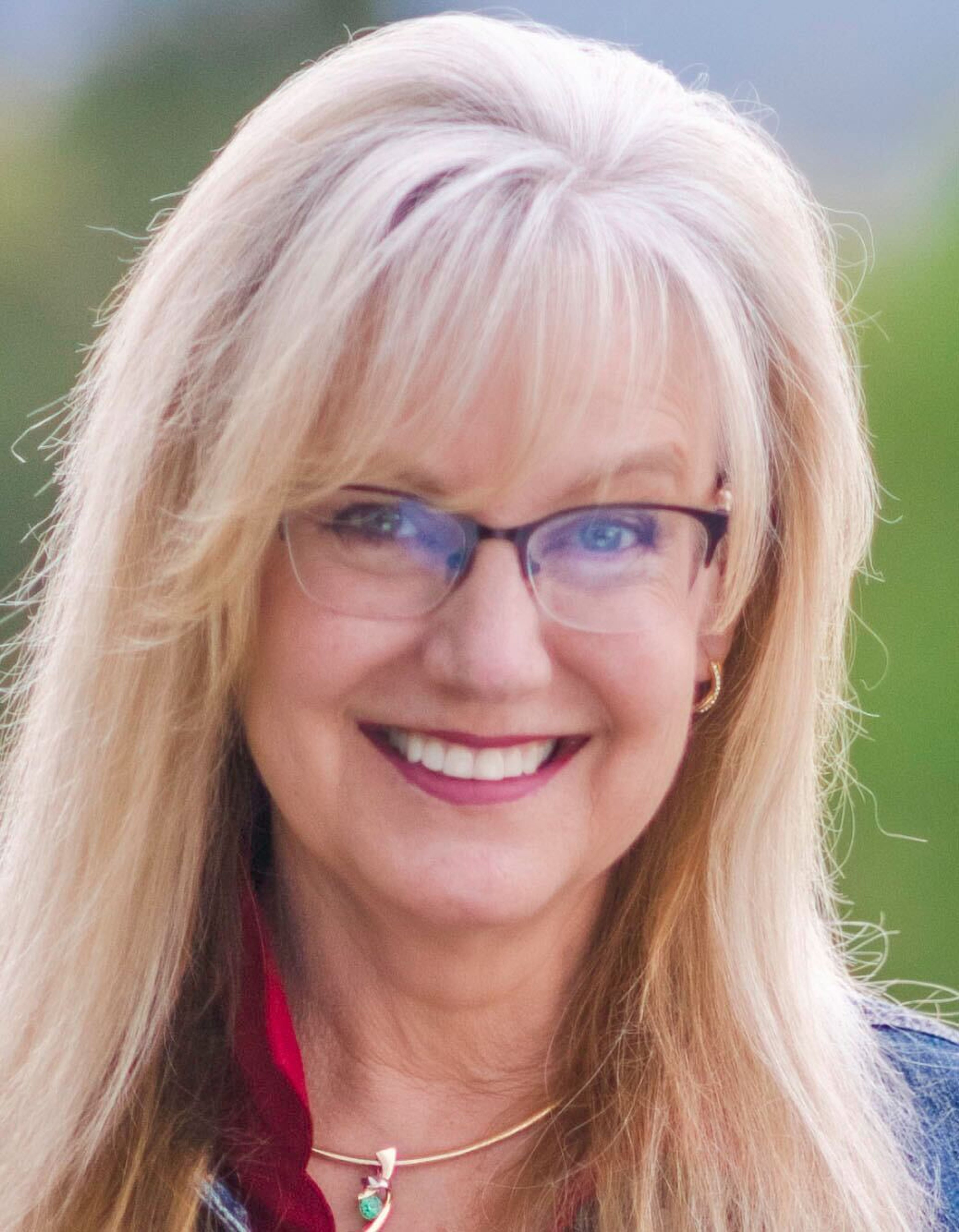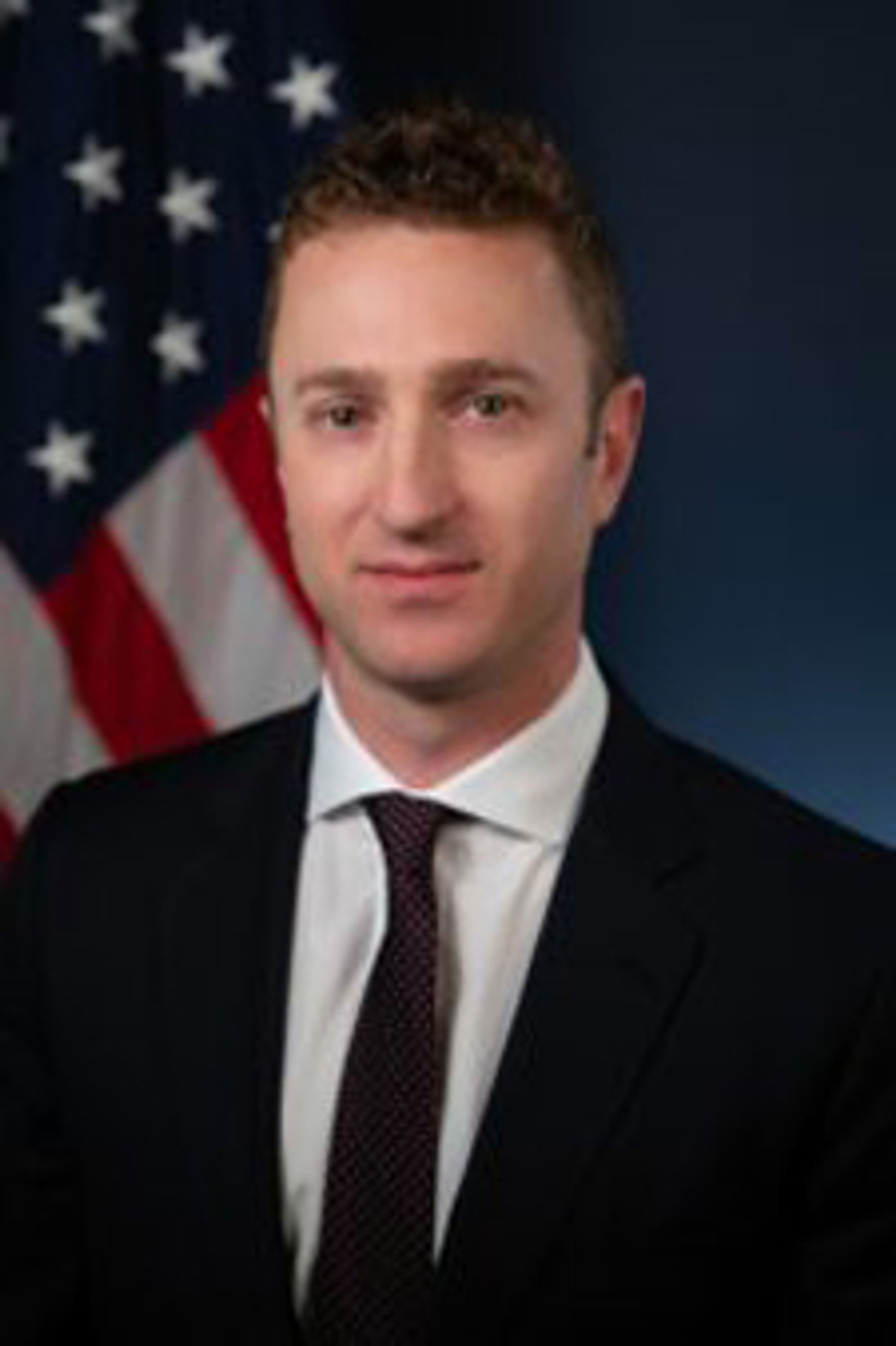PNW governors to make plans together on restoring fish runs
Agreement between Idaho, Washington, Oregon, Montana leaders says tribes, stakeholders will also be involved in plans
The governors of the four Pacific Northwest states pledged Friday to work together, and with Native American tribes and regional stakeholders, to restore Columbia River salmon and steelhead stocks.
The executives signed a letter of agreement that outlines their commitment to develop a collaborative process aimed at finding actions that will help the region meet robust goals set by the Columbia River Partnership Task Force, a group sanctioned by federal fisheries officials that met over the past three years. The group’s goals far exceed delisting criteria for wild salmon and steelhead runs protected under the Endangered Species Act.
The agreement comes on the heels of the federal government finalizing its new plan to manage the Columbia and Snake river dams in a way that does not increase the risk of extinction for the iconic fish. The federal plan, however, is not designed to lead to salmon and steelhead recovery.
The four-state process may represent a new level of cooperation in the region that has struggled for decades to restore wild fish runs to self-sustaining and harvestable levels.
“While the states disagree on some areas, I believe there is a lot of overlap and agreement,” said Mike Edmondson, director of the Idaho Office of Species Conservation. “Not only are we answering the call from the region for leadership but we are also going to promote the goals and objectives of the Columbia River Partnership.”
The letter pledges the states to seek salmon and steelhead abundance that will uphold tribal treaty fishing rights, state fisheries goals, and support river-dependent communities while recognizing clean energy objectives and long-standing goals for reliable and affordable power supplies.
“We will commit to engaging our tribal and federal partners, and other stakeholders, in this collaborative effort which we fully expect to lead to meaningful actions to achieve these goals,” reads the letter signed by Govs. Brad Little of Idaho, Jay Inslee of Washington, Kate Brown of Oregon and Steve Bullock of Montana.
Edmondson said the first step is for the states to develop a framework in which collaborative talks can take place.
“We want to engage the region, determine the process, determine the structure and get buy-in,” he said. “If we don’t have that established and 100 percent buy-in to the process, it makes the work a lot harder.”
Even though talks are nascent, essentially at the stage of agreeing to craft a process in which a grand agreement might be struck, salmon and steelhead advocates viewed the agreement as a positive development.
Justin Hayes, executive director of the Idaho Conservation League, said the agreement is a recognition that recovery efforts need a new direction that goes above and beyond what federal agencies are able to do on their own.
“The leaders in the region are saying they want to restore fish to abundance and the federal processes are not geared toward that, so we have to figure out how to work together to do so,” he said.
Eric Crawford, north Idaho field coordinator of Trout Unlimited, said his organization is pleased that the governors are willing to provide the leadership and that they intend to invite the participation of the tribes and other stakeholders.
“It’s a huge step forward in the grand scheme of things as we work collaboratively, which is the most important part,” he said. “It’s a pretty encouraging situation.”
The Northwest River Partners, an organization that represents community-owned utilities farmers, ports and businesses, said it too supports the process. However, in a statement, the group called for the process to be scientifically rigorous, avoid focus on dams and instead to concentrate on climate change and the role hydropower can play in reducing greenhouse gasses.
“Given the widespread nature of the decline in salmon populations, we encourage the governors’ process to look more holistically at the shared environment of all Pacific salmon, which is the Pacific Ocean. We have to reverse ocean warming if we are going to save our iconic salmon and orca species,” according to the statement.
The governors did not mention dams or dam removal in their letter.
Many fish advocates and scientists have long said the surest way to restore Snake River salmon and steelhead is to remove the four lower Snake River Dams. The recently completed federal plan chose to keep the dams in place while recognizing dam removal would produce the best chances for recovery.
Eric Barker may be contacted at ebarker@lmtribune.com or at (208) 848-2273. Follow him on Twitter @ezebarker.




